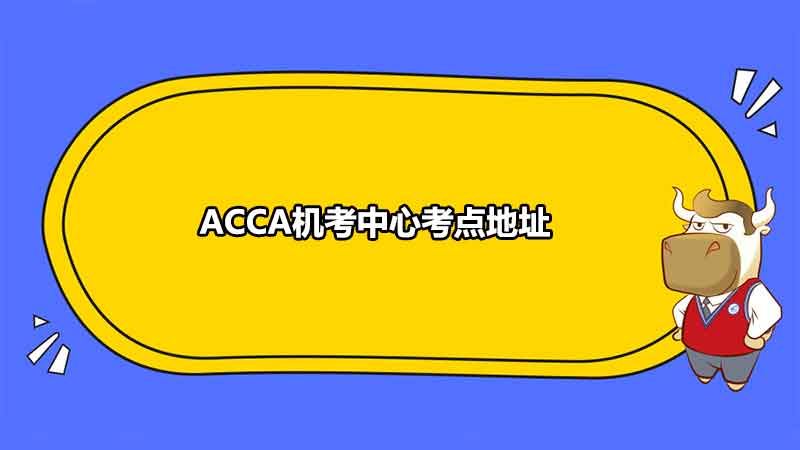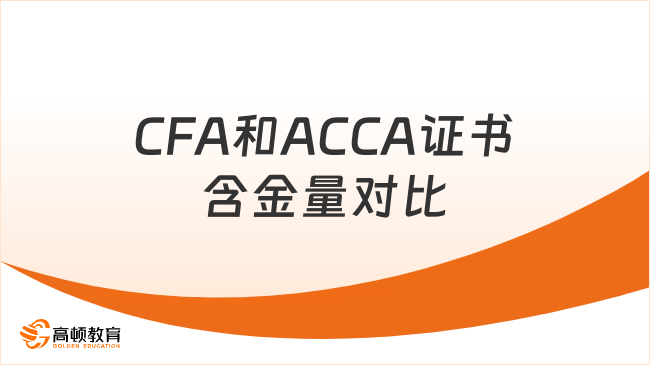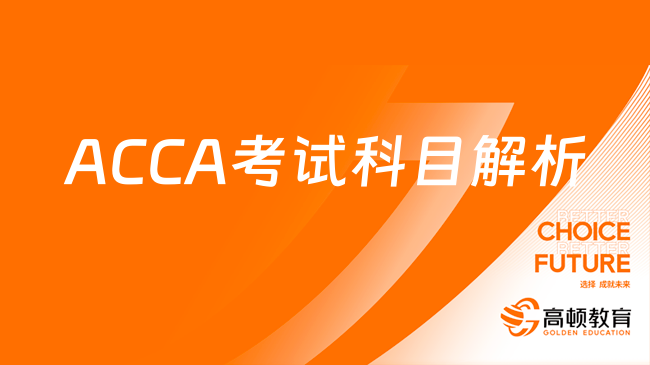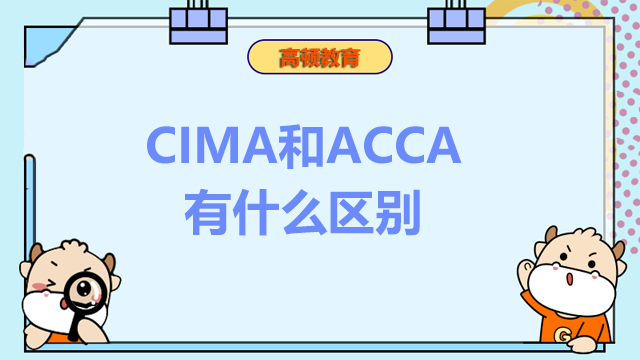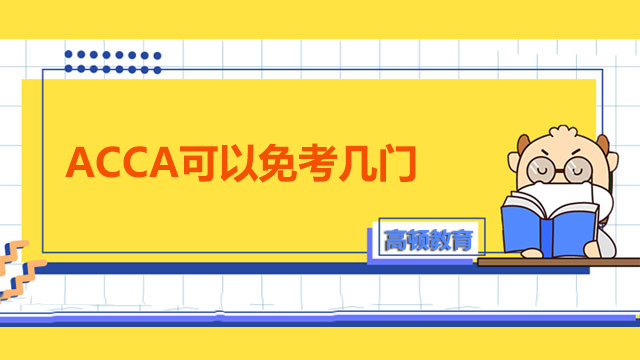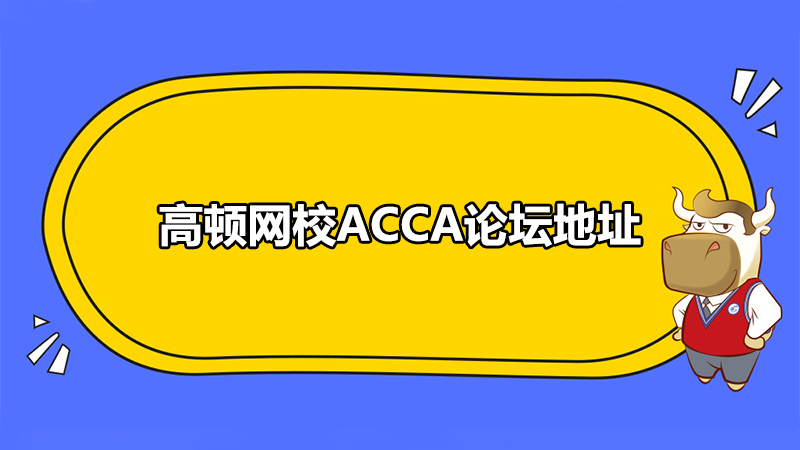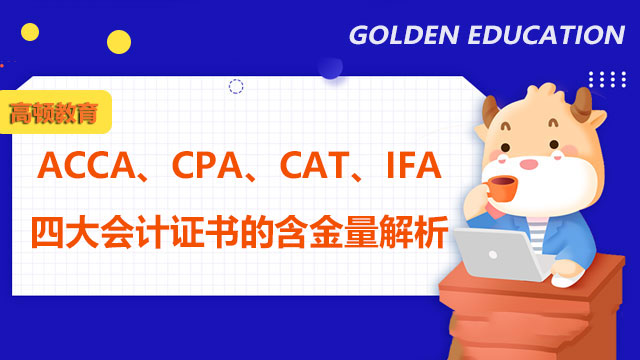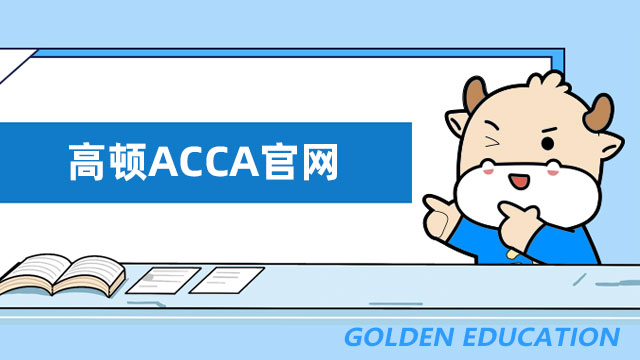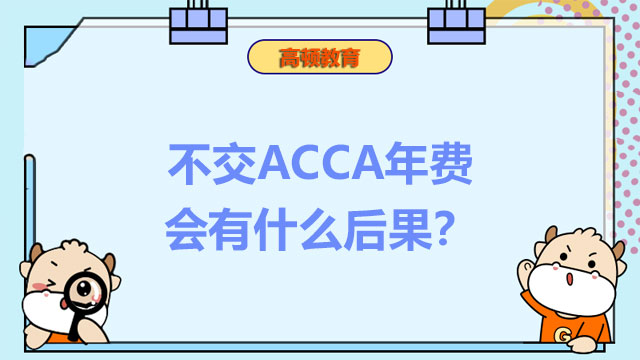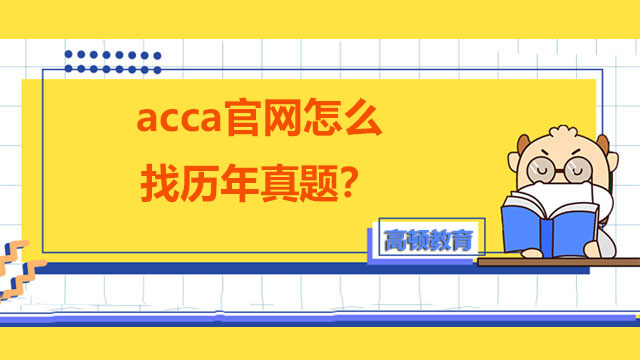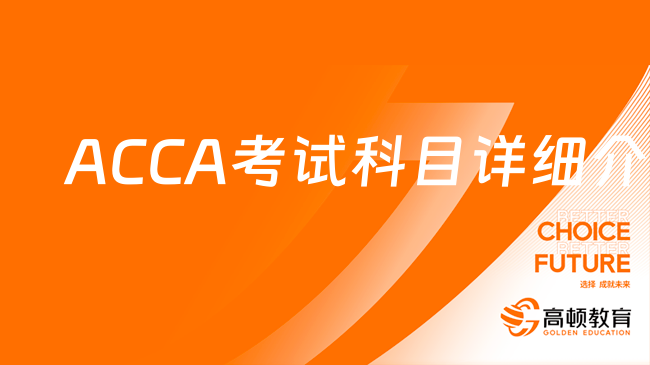2013ACCA考试P2考官报告
来源:
高顿网校
2013-07-16
每次考试结束ACCA考官都会根据本次考试考生的总体表现情况写报告,具体分析学生在答题过程中出现的问题,总结学生在备考该科目时应该注意的事项,以下是2012年12月P1考官报告:
General Comments
The paper required candidates to answer the compulsory question 1 which carried 50 marks and then to choose two questions out of the remaining three questions, which carried 25 marks each. Candidates performed quite well in this session. As usual the paper dealt with a wide range of issues and accounting standards. There are several key principles in each standard, which are the basis of most of the examination questions, and candidates should concentrate on understanding and interpreting these principles. Candidates need to understand the standards, and not just learn their content. Understanding will lead to better application in the examination. Candidates should practice divergent thinking, which is the ability to think of several possible answers to a question before providing the solution. This is the ability to see potentially different outcomes for a given set of circumstances. This will lead to candidates having the ability to apply the standards to different scenarios. Every examination session produces scenarios, which candidates will not necessarily have met before,and thus there is a need for this type of reasoning. Candidates often simply recite the standard leaving the marker with the task of determining how applicable the answer actually is to the question. Candidates should adopt a model of learning which suits them and by doing this; candidates will be better prepared for the examination Specific Comments
Question One
This question required candidates to prepare a consolidated statement of financial position for the Minny Group, as at 30 November 2012.The group structure was a complex group with a sub-subsidiary. Candidates also had to deal with an associate, which had originally been an investment within the group, impairment testing the holdings in the group companies, a disposal group and the capitalisation of development expenditure. Candidates dealt with the group structure quite well and the calculations of goodwill arising on acquisition were generally accurate. It is important to take time in the examination to determine the nature of the group structure as marks are allocated for this in the marking guide. Often candidates calculate retained earnings and non controlling interest inaccurately but the marking guide gives credit for candidates own figures as long as the principle is correct. This latter point also enhances the importance of candidates showing full and clear workings. Some candidates condense their workings into a disproportionately small space in the answer book. Clarity is more important than conciseness. In this question, there were marks allocated for the presentation of the disposal group on the face of the statement of financial position. Many candidates did not show the disposal group separately on the face. Another important consideration is the completion of the ‘double entry’ in the workings. Marks are allocated for the correct completion of the entries. The main problems that arose were the treatment of the impairment of goodwill, the gain arising on the accounting for the associate, and the treatment of the disposal group. Additionally, candidates often find it difficult to deal with the volume of information in the question. This skill can be improved by exam practice and technique. Part (b) of the question required candidates to discuss what is meant in IFRS 5 by ‘available for immediate sale in its present condition’ and ‘the sale must be highly probable’, whilst setting out why regulators may question entities on the application of the standard. It seems apparent from the nature of the question that there are two elements to the question. Firstly, a discussion of IFRS 5 and secondly why questions may arise on the application of IFRS 5. Accordingly marks were allocated on this basis. Many candidates simply repeated the information in the question, which did not gain marks. In the introduction to this report, the ability to think Examiner’s report – P2 December 2012 2 widely was alluded to. This question required candidates to do just that. If candidates read widely and learn to formulate opinions, then this type of question would not pose problems. Part (c) of the question set out a situation where a property with a carrying value of $2 million at the year-end was being sold to a group company for $1 million shortly after the year end. Candidates had to discuss the ethical and accounting implications of the intended sale of assets. Again there were two elements to the question. The ethical implications and the accounting implications. There were a surprising number of candidates who did not discuss the accounting implications and also many candidates did not see any ethical issues. If candidates do not deal with every element of the question, then they are significantly restricting the number of marks that they are likely to achieve.
Question Two
This question required candidates to discuss the accounting treatment of green certificates in financial statements. The green certificates were essentially income related government grants. However there were a variety of IFRS which needed to be referred to besides IAS 20.These IFRS included IAS18 and IAS 2. Many candidates discussed IAS 38 Intangibles and some credit was given for a relevant discussion. The theme of this report is divergent thinking. Here a candidate should not have simply discussed IAS 20 but widened the discussion to include the potential impact of other standards on the entity. This is a skill expected of an ACCA member.
The second part of the question dealt with an overseas subsidiary and required candidates to discuss amounts reported in the consolidated statement of cash flows. The surprising thing about this part of the question was the number of candidates who ignored the cash flow implications and simply discussed the accounting in the group statement of financial position. It is important for candidates to read the scenario the question. Marks will not be gained for irrelevant discussions. In fact it is detrimental to the candidates’ chance of being successful in the examination as such discussions use up valuable time for no credit. The third element of the question dealt with the situation where there was some doubt as to whether an entity should treat the holding in another entity as a subsidiary in its consolidated financial statements. This question involved the discussion yet again of more than a single IFRS.There are a number of IFRS which deal with group accounting and candidates should look at these standards in conjunction with each other. In this question control was determined by looking at IFRS 10 but additionally, if an entity is not a subsidiary then other standards should be consulted such as IFRS 11 for joint control implications and IAS 28 for equity accounting possibilities. A narrow answer dealing with IFRS 10 would have restricted the marks. This part of the question was quite well answered. The final part of the question required candidates to look at adjustments to current tax in respect of prior years’and whether this expense should be been treated as a prior year adjustment. These items related to adjustments arising from tax audits by the authorities in relation to previous reporting periods. In this and the above part of the question the issues set out in the question were critical to a good answer. The information in the question was significant to a correct solution. An accountant cannot advise a client effectively, if the accountant ignores the facts which relate to that client. This part of the question was quite well answered. Marks were allocated for a reasoned discussion even if the resulting recommendations were not in accordance with the model answer.Professional marks were allocated in this question based upon the fullness of the attempt at the question and the degree of understanding and reasoning shown by candidates. This principle was applied throughout the paper.
Question Three
This question dealt with a specialist type of organisation, a local government organisation, whose financial statements are prepared using International Financial Reporting Standards. The first part of the question dealt with investment property and property held as part of the organisation’s housing inventory. Thus the key standards were IAS 40 and IAS16.Candidates needed a basic understanding of the two standards and the ability to apply their knowledge. The question was quite well answered but again several candidates did not use the information in the question such as the fact that the rent paid only covered the cost of the maintenance of the property. The rental revenue was incidental to the purpose for which the property was held, thus the property was not treated as an investment property. The second part of the question dealt with the outsourcing of the waste collection to a private sector provider. The key standard here was IAS 17. Again the key skill required here was the application of knowledge. Many candidates discussed the risks and rewards arguments but very few discussed who obtained the benefit from the asset. Generally, this part of the question was well answered The third part of the question dealt with IAS 37 and provisions. The scenario was one that many accountants face in practice. Many candidates felt that there was an obligating event but because the legislation was not yet enacted, they felt that there should be disclosure of a contingent liability instead of correctly stating that a provision should be made. Marks are generally split between application and knowledge of the standard, which further shows the importance of not simply quoting an IFRS. The final part of the question dealt with the impairment of an asset. There were three elements to the question. Knowledge of the standard, application of the standard and completion of the calculations. Candidates performed quite well on the knowledge aspect of the question. When applying the knowledge, reference to the question is essential and this is where candidates have problems, as they are not used to using information in this way. The knowledge should be second nature, it should not require very much thought, as it is the application in a question such as this, which requires the thought time. Very few candidates calculated the impairment loss correctly but overall the question was quite well answered.
Question Four
This question required candidates to discuss the main principles of fair value measurement as set out in IFRS 13 and to describe the three-level hierarchy for fair value measurements used in IFRS 13. Surprisingly, this question was not as popular as was anticipated. The standard has been the subject of an article in student accountant, which is not always indicative of an exam question being set in the area. Candidates who answered the question did well. Several candidates did not read the question carefully enough and answered part (aii) in part (ai). The marking guide allows some leeway in this regard. Part (b) required candidates to apply the principles set out in part (a) in two scenarios. The first was the fair valuation of an asset and the second was the fair valuation of a decommissioning liability. Both are common examples of fair valuation but candidates struggled to produce meaningful answers. It appears as though there was little understanding of the principles in the standard. For example, the nature of the principal and most advantageous markets for the asset was generally poorly applied. Similarly in the case of the decommissioning liability, the fair value of the liability assumes that it is transferred to a market participant at the measurement date. Often there will be no observable market in this case. These points were seldom raised.
高顿网校特别提醒:已经报名2013年ACCA考试的考生可按照复习计划有效进行!另外,高顿网校2013年ACCA考试辅导高清课程已经开通,通过针对性地讲解、训练、答疑、模考,对学习过程进行全程跟踪、分析、指导,可以帮助考生全面提升备考效果。
报考指南:2013年ACCA考试备考指南
考前冲刺:ACCA备考秘籍 ACCA暑期优惠
高清网课:ACCA考试网络课程
报考指南:2013年ACCA考试备考指南
考前冲刺:ACCA备考秘籍 ACCA暑期优惠
高清网课:ACCA考试网络课程
版权声明:本条内容自发布之日起,有效期为一个月。凡本网站注明“来源高顿教育”或“来源高顿网校”或“来源高顿”的所有作品,均为本网站合法拥有版权的作品,未经本网站授权,任何媒体、网站、个人不得转载、链接、转帖或以其他方式使用。
经本网站合法授权的,应在授权范围内使用,且使用时必须注明“来源高顿教育”或“来源高顿网校”或“来源高顿”,并不得对作品中出现的“高顿”字样进行删减、替换等。违反上述声明者,本网站将依法追究其法律责任。
本网站的部分资料转载自互联网,均尽力标明作者和出处。本网站转载的目的在于传递更多信息,并不意味着赞同其观点或证实其描述,本网站不对其真实性负责。
如您认为本网站刊载作品涉及版权等问题,请与本网站联系(邮箱fawu@gaodun.com,电话:021-31587497),本网站核实确认后会尽快予以处理。
点一下领资料
【整理版】ACCA各科目历年真题
真题高频考点,刷题全靠这份资料
下载合集
acca全科学习思维导图
梳理核心考点,一图看懂全部章节
下载合集
2023年acca考纲解析
覆盖科目重难点,备考按照计划走
下载合集
acca备考 热门问题解答
- acca考试怎么搭配科目?
-
建议优先选择相关联的科目进行搭配报考,这样可以提高备考效率,减轻备考压力,1、F1-F4:为随时机考科目,难度较低,这里可以自行随意选择考试顺序。2、F5-F9:如果你的工作的和财务会计或者审计有关、或者你比较擅长财务和审计的话,推荐先考F7和F8。你可以选择一起考ACCA考试科目F7和F8或者先考F7(8)再考F8(7),这就要取决你一次想考几门。3、P阶段:选修科目中,建议企业首选AFM!第二部分科目进行选择,如果AA和SBR掌握学生更好,可以通过选择AAA,如果SBL掌握的好,可以自己选择APM。
- acca一共几门几年考完?
-
acca一共有15门考试科目,其中有必修科目和选修科目,考生需要考完13门科目才能拿下证书。
- acca一年考几次?
-
acca一年有4次考试,分别是3月、6月、9月和12月,分季机考科目是采取的这类四个考季的模式,而随时机考则是没有这方面的时间规定限制,可以随报随考。
- acca的含金量如何?
-
ACCA证书的含金量是比较高的,从就业、能力提升、全球认可等角度来说,都是比较有优势的证书,其含金量主要表现在以下几个方面:1、国际化,认可度高;2、岗位多,就业前景好;3、缺口大,人才激励。
严选名师 全流程服务
其他人还搜了
热门推荐
-
ACCA机考中心考点地址 2023-10-30
-
CFA和ACCA证书含金量对比 2023-09-16
-
今年最透彻的ACCA考试科目解析 2023-09-16
-
CIMA和ACCA有什么区别?两者选哪个好? 2023-09-05
-
ACCA可以免考几门? 2023-09-01
-
ACCA报考条件!大学生能报考ACCA吗?在职人士也能报考ACCA吗? 2023-08-29
-
高顿网校ACCA论坛地址 2023-07-25
-
ACCA报名详细指南:点击了解ACCA考试的费用和流程! 2023-06-16
-
上海对外经贸大学会计专业如何?有没有ACCA免考? 2023-06-13
-
山东财经大学会计专业好不好?能考ACCA吗? 2023-06-13
-
宁波诺丁汉大学会计专业真实评价,有没有ACCA课程? 2023-06-13
-
安徽财经大学会计专业值得报吗?有ACCA方向班吗? 2023-06-13
-
2023年acca注册需要哪些材料?点击查看全套材料清单! 2023-05-11
-
2023年ACCA报考指南详细篇,从流程到费用全解! 2023-05-11
-
ACCA、CPA、CAT、IFA四大会计证书的含金量解析 2023-05-09
-
ACCA、CPA、CAT、IFA四大会计证书的含金量解析 2023-05-09
-
acca报名条件是什么?看看你符不符合要求! 2023-04-27
-
高顿ACCA官网 2023-03-31
-
不交ACCA年费会有什么后果? 2023-03-29
-
acca官网怎么找历年真题?详细步骤一览! 2023-03-10
-
长沙理工大学acca怎么样?好就业吗? 2023-02-23
-
acca考试考点2023年在哪些地方?报考前必看! 2023-02-23
-
CPA考试平均备考时间4年以上,然鹅ACCA却只用... 2023-01-04
-
2023年ACCA考试报名条件 2022-12-19
-
ACCA考试科目详细介绍 2022-12-19
-
acca考试介绍,报考2023年考试必看! 2022-12-06
-
英国国际注册会计师简介,附新手报考指南! 2022-11-23
-
ACCA官网登陆 2022-11-15
-
国际注册会计师acca证书详解,一文给你介绍清楚! 2022-11-11
-
12月ACCA考试报名入口及流程,速看! 2022-11-01
 更多服务
更多服务






